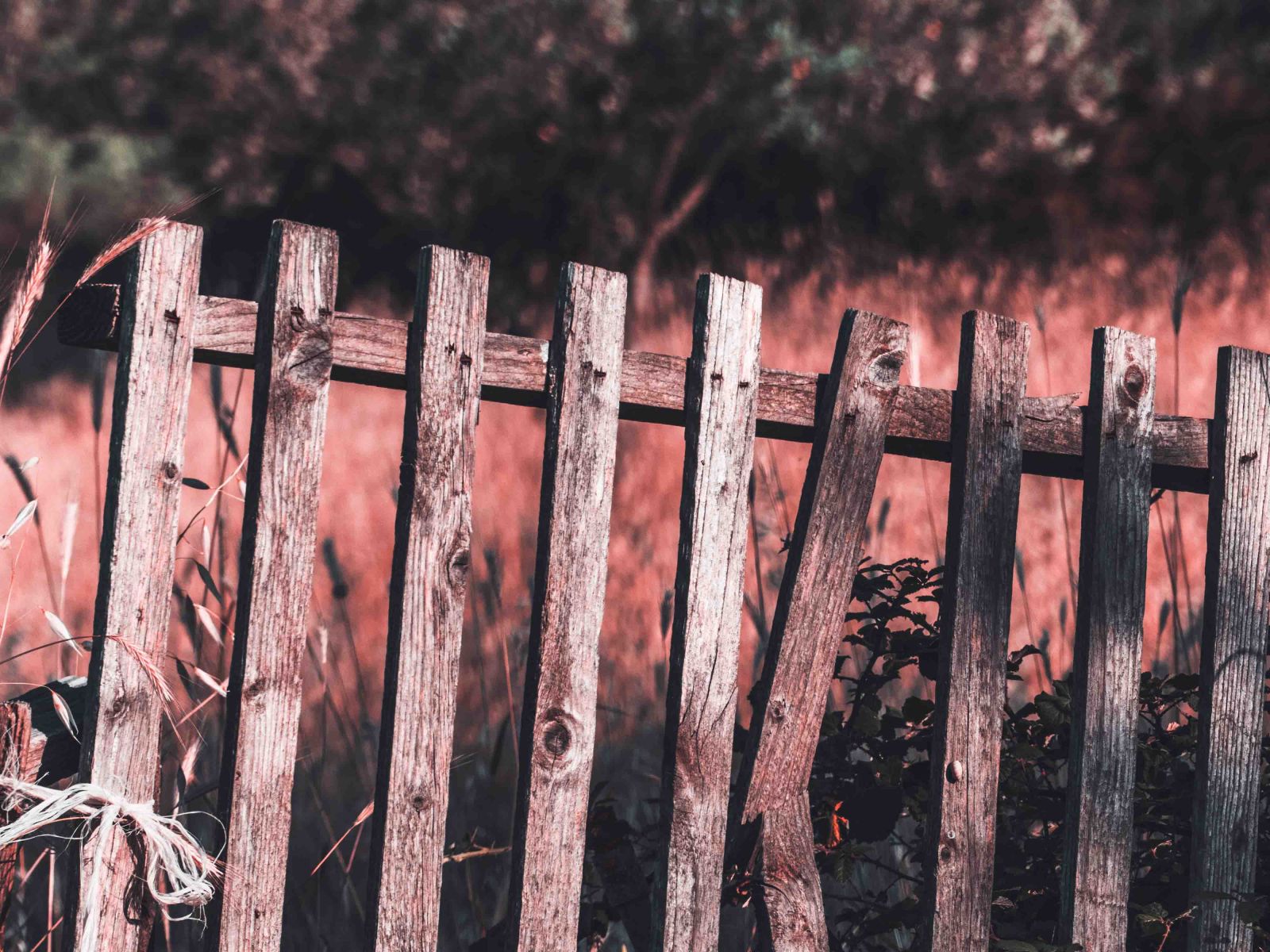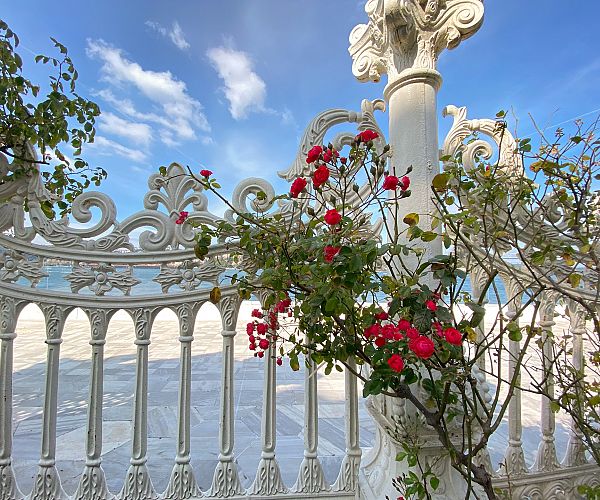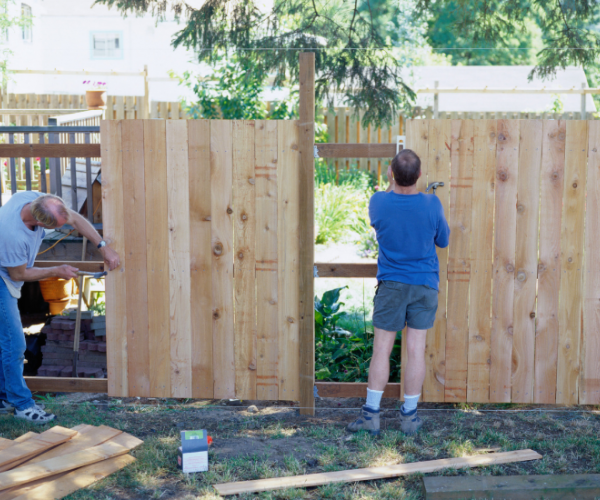Best articles for tips on fence design and aesthetics
Yes, fences need to be functional, practical and worth your investment. However, another significant factor is how your fence looks in your...

How hard could it be to install a fence yourself? While self-installation is a great way to save money, it can also end in disaster if you’re not properly prepared. In fact, doing part or all of the process incorrectly can result in a higher cost in materials and repairs than the initial cost of hiring an installation professional in the first place.
If you’re learning how to install a fence yourself, make sure you avoid these ten common mistakes people make when installing their own fence.
One of the most common mistakes in DIY fence installation is not setting the posts deep enough. While it may seem ok in the short term, this mistake will significantly shorten the lifespan of your fence.
How deep do you need to set your fence posts? The depth of the hole should be at least 1/3 of the height of your fence. Typically 2 to 4 feet deep is sufficient, depending on height and material type.
When building a wooden fence, you need to remember that wood expands over time, especially when it gets moist. If you don’t leave enough space in between fence boards, they will eventually warp, damaging the wood and causing the fence to look a bit funny.
How much space should you leave between wooden boards when building a fence? The space needed between your boards depends if your boards are kiln-dried or green. For kiln-dried wood, leave about 1/16th of an inch, and for green wood go snug, but not overly tight.

At the very least, spacing your fence posts incorrectly can lead to an uneven appearance. It can also result in damage to the materials, unnecessary work or a toppled over fence at the first gust of wind.
Posts should be about every 6 to 8 feet, depending on the type of material used. Putting effort into ensuring they are evenly spaced will go a long way towards a polished and professional look for your fence.
While it is of course important to seal your entire fence to protect it from the elements, did you know that you also need to seal the bottom of your fence posts? This area is actually a prime location for rot and moisture damage.
To give your fence the longest life possible, be sure to seal all the wood, including the bottoms of the posts.
Where should you install your fence? We recommend setting your posts one to two feet inside your property line.
Adding onto or replacing a section of your fence while leaving a section of older fencing in place is generally not a good idea.
Depending on the materials used, the old fence could be contaminated or starting to rot. The two sections will also age differently, even if the materials are the same. This will cause the fence to look inconsistent and unprofessional.
Can you connect new fencing to old fencing? If you can help it, install all sections of your fence at the same time, and don’t replace it piece by piece.
As with any DIY home project, it is extremely important to plan ahead before starting the work. When building your fence, make sure to plan the depth and spacing long before placing a post in, otherwise you may end up with bowed fencing that needs to be replaced much sooner than if the job were done properly.
How do I make an installation plan for my fence? Give yourself ample time to plan and ask various people for their advice. The more you know the better you can plan.
Creating a good looking, functional fence doesn’t end after you install it. Without proper maintenance, the elements can wreak havoc on your fence until replacing it becomes the only option. Rust, mold, mildew and sunlight will wear down any type of fencing over time.
How do I extend the life of my fence? Cleaning your fence is the easiest way to keep it looking beautiful and standing strong. After cleaning, wood fencing will also need to be sanded and repainted to seal out any harmful substances. Replacing damaged posts and boards is essential in preventing the spread of substance contamination.

Old barbed wire and wire strand fencing that was intended for cattle is NOT appropriate for other animals such as horses. Make sure you have the right type of fence to keep your family and livestock safe.
How do I know which kind of fencing to use for my livestock? Review our previous article on when to use barbed wire fencing for livestock for tips on deciding how to fence in your livestock safely and effectively.
Metal t-posts are inexpensive and durable—a great option for many fences. However, without a cap they can be unsafe. The sharp metal edges can easily cut through skin and protective gear.
Do I need to put caps on my t-posts? T-post caps are inexpensive and go a long way for safety. If you’re using t-posts, don’t skip this step.
Whether you’re looking for advice on materials, have questions about installation or have decided that self-installation may not be worth the trouble, our A&G Fencing installation professionals can help make sure your fence is properly planning, safe and suited to your exact tastes and needs.

Yes, fences need to be functional, practical and worth your investment. However, another significant factor is how your fence looks in your...

Are you preparing to build and install a fence this year? There is much to know when it comes to putting the best techniques into practice to...

With spring approaching, it’s time to make sure that your fence is in tip-top shape. Giving your fence a quick inspection will allow it to...

When looking into installing a new fence on your property, there are many options to choose from. Although cost, aesthetics, and purpose are all...
Download our comprehensive eBook to find exactly what you're looking for.
Affiliations


-(1).png)
Accepted Payments
